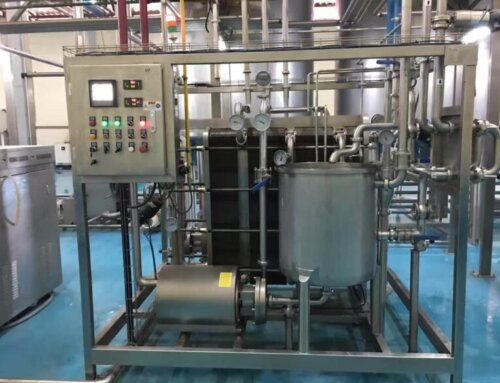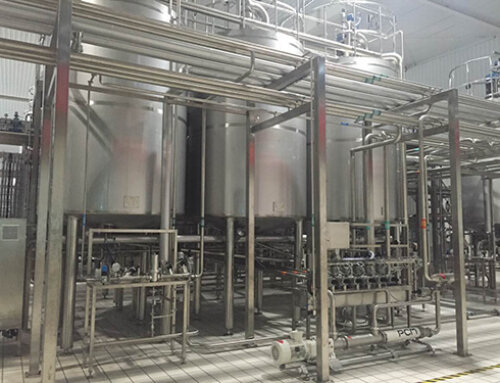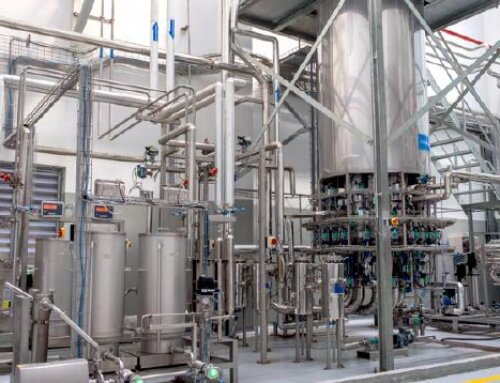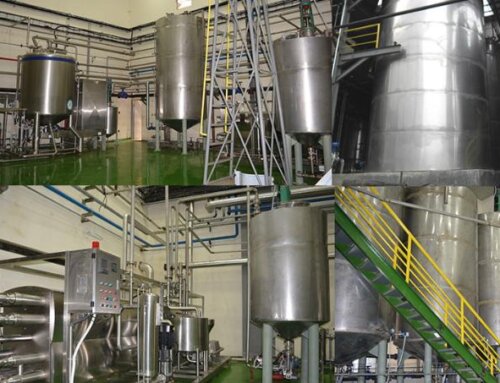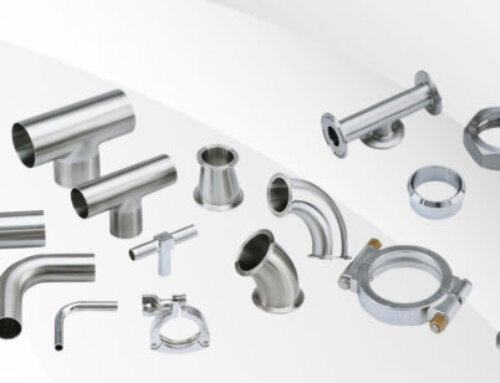Fruit Powder Manufacturing Process Description
A variety of fruits and vegetables, including tomatoes, ginger, lemon, banana, aloe vera, cherry, coconut, soybean, chili pepper, pumpkin, and berries, can be transformed into powdered products. These powders retain the nutrients of the original fruits and vegetables while offering a prolonged and stable shelf life. Moreover, they are highly space-efficient and easily transportable.
Fruits and vegetable powder have versatile use, such as they can be used as raw ingredients for smoothies, cakes, sauces and juice making, it can also be added to dishes to increase flavor of the dishes.
The fresh fruits input capacity of fruit powder production is from 1 ton per hour to 30 tons per hour, and the end products can be filled into jars, pouches or other containers.
The fruit Powder manufacturing process involves machines such as fruit and vegetable washing sorting machines, fruit slicers and dryers, dry fruits slice grinding machines, fruit pulping machines, juice extracting machines, juice concentrating and spray drying machines, fruit powder filling and packing machines.
During the drying process, the moisture content is reduced to ensure the stability and shelf life of the powder. The typical water content of fruit powder ranges from 2% to 8%. However, this can vary and some fruit powders may have slightly higher or lower water content depending on the specific product and manufacturing process.
Fruit powder manufacturing machines are made of SUS304 material and can meet hygiene standards in the food industry.

Fruit Powder Manufacturing Process Introduction
There are two methods for fruit powder production, we are going to have a brief introduction of these two methods for fruit powder manufacturing:
- The first method is juice extracting + juice evaporating + spray drying: Fresh fruits and vegetables will be cleaned and crushed into fruit mash, then the juice/pulp extractors will be used to obtain the juice/puree from the fruit mash, after that, the single strength juice will be fed into the evaporator to remove water to make into concentrated juice puree(for the juice, usually concentrated to 60-70 Brix, for the pulp, usually concentrated into 30 Brix). Then the concentrated juice/pulp will be pumped into a spray dryer and made into the fruit powder products. This fruit powder manufacturing process is suitable for clients who want to produce high-quality fruit powder with a large capacity and abundant budget.
- The second method is fruit slice+ vacuum drying+ superfine pulverization: Fresh fruits and vegetables will be washed and sorted, then after peeling, pitting and deseeding, the fruit meat is obtained, then the fruit slicer will be used to cut the fruits into slices(small fruits can also no need to cut into slice and send to dryer directly such as chili pepper, berry fruits), and the fruit slice/whole fruits are fed into vacuum belt dryer or heat pump dryer to dry the fruit slice to water content 6%-8%. After that, the dry fruit slice or the dry whole fruit will be ground into powder by the superfine grinder, after the sieve screen, the fruit powder will be filled into pouches or other consumable containers. This fruit powder production is suitable for small-scale fruit powder production, it is a flexible and small investment.

Fruit Powder Manufacturing Machine Introduction
Fruit washer and sorter: High-quality, ripe fruits are carefully selected for the production of fruit powder. The fruits are washed thoroughly to remove any dirt, debris, or contaminants from the air bubble washer or brush washer. Then the fruits will be sorted based on color, quality and size.
Fruit Pre-Treatment system: The pretreatment system mainly includes fruit peeling, pitting, deseeding, and preheating or blanching according to different fruits, the process will also be different.
Fruit crushing, pulping and juice extracting machine: the prepared fruits will be crushed by a hammer crusher or tooth crusher, then the fruit mash can be pulped by the double-stage pulping machine or juice extracted by industrial juice extractors.
Fruit slicer machine: The fruit will be cut into pieces for further drying, and the slice can be customized according to client requirements. Usually, the thickness of the fruit slice is 2-5mm to have a better drying effect. Fruits that need to be sliced before making into powder include bananas, citrus, apples, aloe vera, ginger, pumpkin, tomatoes, etc.
Fruit drying machine: The prepared fruits are then subjected to a drying process to remove the majority of their moisture content. There are different drying methods available, including spray drying and vacuum drying. Each method has its advantages and is chosen based on factors such as the fruit type, desired quality, and production scale.
- Spray Drying: The spray drying method is suitable for drying concentrated juice or pulp into powder. The liquid will be evaporated by a concentrator and is then atomized and sprayed into a drying chamber where it comes into contact with hot air. The moisture evaporates rapidly, leaving behind fine fruit particles that form the powder.
- Vacuum belt drying: The vacuum drying method is suitable for whole fruits or fruit slice/dice drying. The fruits are placed in a vacuum chamber, where the pressure is reduced. This lowers the boiling point of water, allowing it to vaporize at lower temperatures and facilitating the drying process.
Grinding and Milling machine: Once the fruits are dried by the belt dryer or heat pump dryer, they are typically ground or milled into a fine powder. This step helps break down the dried fruits into smaller particles, ensuring a smooth texture and easy handling.
Sieving and Packaging: The fruit powder is sieved to remove any larger particles or impurities, ensuring a consistent and uniform powder. It is then carefully packaged in appropriate containers, such as jars, pouches, or bulk bags. Proper packaging helps protect the fruit powder from moisture, light, and air exposure, preserving its quality, flavor, aroma, and nutritional content.
